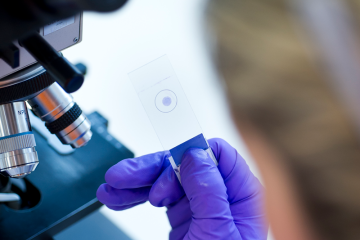Partnerships and impact awards
Adoption of a long-term in vitro bone model to facilitate investigations into cancer dormancy and bone metastasis

At a glance
In progress
Award date
May 2025 - November 2026
Grant amount
£199,886
Principal investigator
Professor Helen Wheadon
Co-investigator(s)
Institute
University of Glasgow
R
- Replacement
